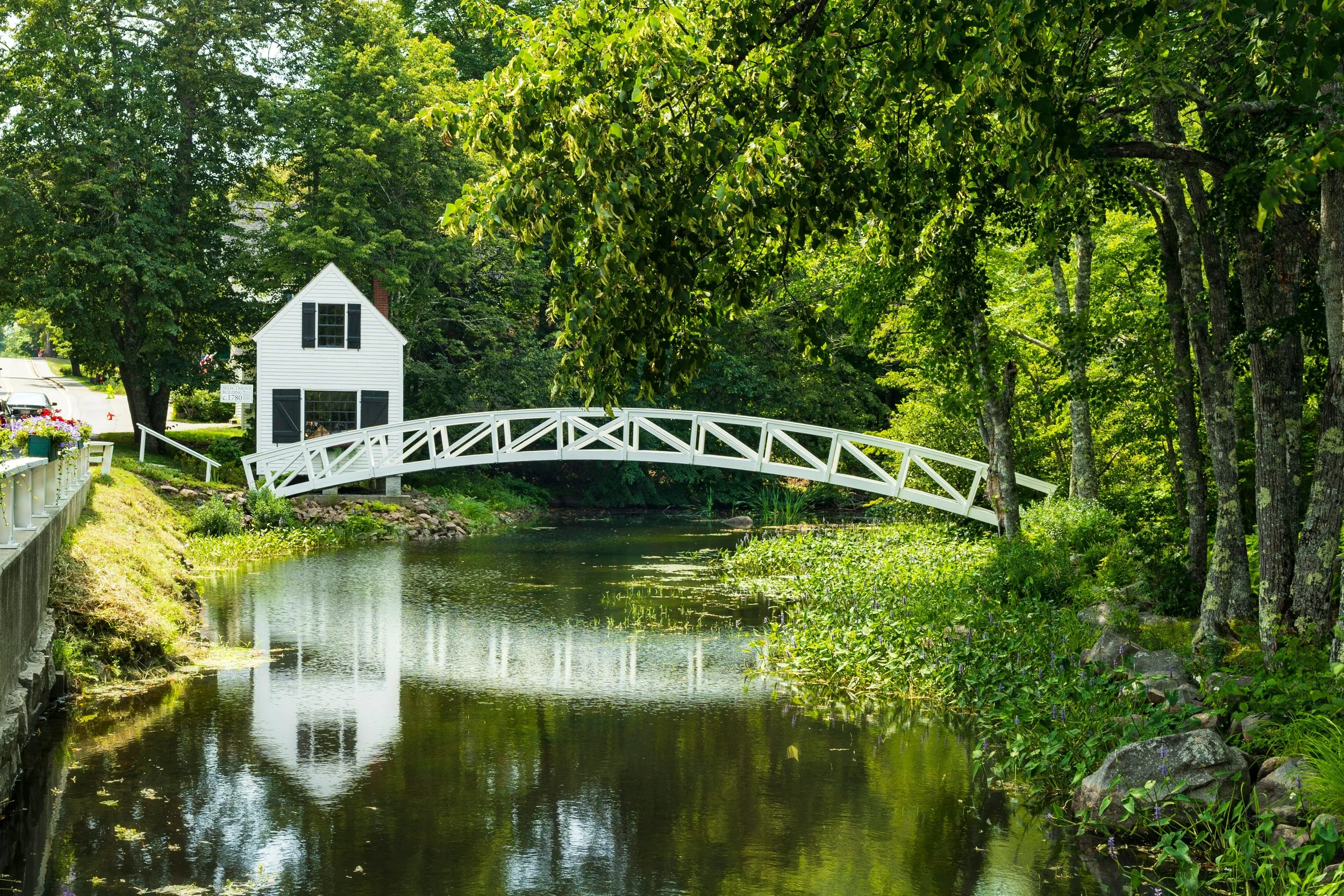
Climate Resilient
Where you are better protected from climate change & where you count.
Climate risks will drive an estimated 5 million Americans to relocate just this year. Are you one of them? Are you thinking of moving because your current hometown no longer feels safe from floods, fires, excessive heat…? Or because insurance rates have gone through the roof? Are you wondering where you could build a new life where you and your family can thrive without fearing a weather disaster?
You are not alone.
Why Location Matters More Than Ever
Most relocation guides only focus on safety and community. We think there's another crucial factor: the impact of your vote.
When you live in areas where election outcomes are predetermined—whether heavily red or heavily blue—your individual vote can feel meaningless on the issues that matter most to your daily life.
In competitive swing areas your voice is amplified. Every vote genuinely matters.
Elected officials must listen to ALL constituents, not just their base, creating opportunities for dialogue and compromise, & helping build communities that are welcoming and safe for everyone.
Research-backed recommendations • Non-partisan analysis
Why You Can Trust Us
We're strictly non-partisan, using data from trusted, independent sources to identify communities that offer the powerful combination of:
Climate resilience
Welcoming people & support networks
Affordable cost of living
Competitive elections where your vote truly matters
Ready to Explore Your Options?
Vetted locations meeting all our safety & vote impact criteria
Detailed community profiles with local resources
Connection to climate resilience organizations in each area
Practical relocation planning tools
Our research sources include: Cook Political Report, Niche.com, Walk Score, AARP Livability Index.
The source used to identify climate vulnerability risk in the descriptions below is the The U.S. Climate Vulnerability Index. The visual summaries are drawn from the FEMA National Risk Analysis.
Information changes on a regular basis. Please visit the links above for the most up-to-date information.
Move somewhere safe and welcoming & where you can help shape a better future for everyone.
Research-backed recommendations • Non-partisan analysis













